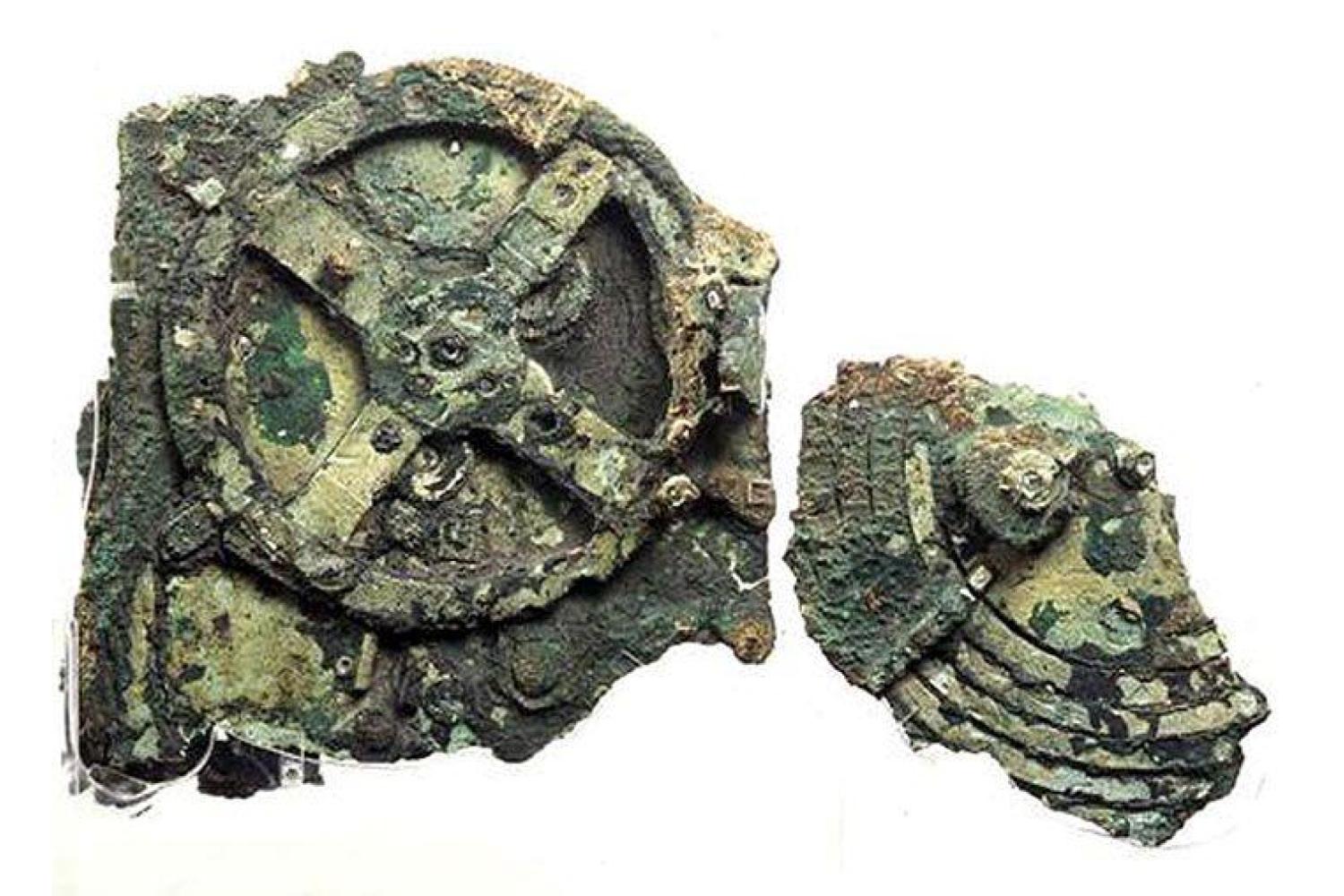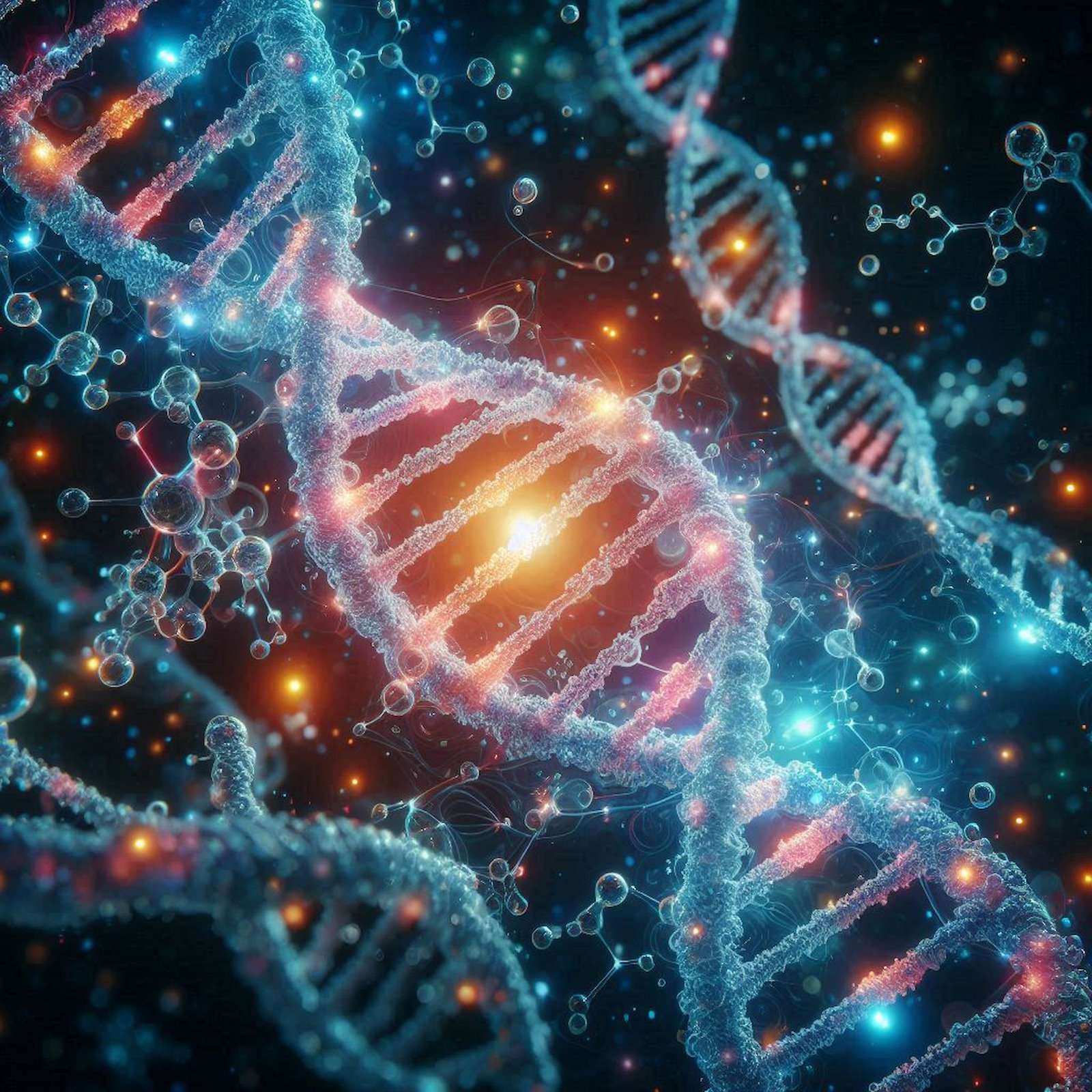Antikythera Mechanisman artifact found in a Roman shipwreck on the Greek island of the same name, has fascinated researchers since its discovery in 1901. It includes a particularly delicate and delicate mechanism made up of numerous gears, and everyone quickly realized that it was an artifact. An exceptionally complex object – especially when its legal age is taken into account. In fact, the earliest dates have determined that the machine was built around the world 2nd century BC ; Technologically, it has happened. Several centuries before all other similar mechanisms discovered so far.
A few years later, early experts began to suggest that it was astronomical calculatordesigned to locate celestial bodies and predict solar eclipses. So far, all subsequent discoveries have also pointed in this direction.
But the study of this wonderful creature is considered today The first analog calculator in historyHowever, it soon hit certain limits. In fact, the machine is far from intact. Researchers only have a few fragments of heavily oxidized and coated bronze. This was a disappointment to historians who had hoped to obtain incredibly valuable information about the scientific knowledge of the Greeks at that time.
But recently, researchers from the University of Glasgow have taken a major step forward, notably using a technology closely related to space.. ShAlmost poetic coincidence.
Calendar ring, the heart of the machine
This new work stems from a 2020 study, at which time another team used a new X-ray imaging technique to get new images of the device's centerpiece, the wheel now called the. Calendar ringResearchers have noted that this element is interspersed with many holes Which undoubtedly played a very important role in the operation of the machine.
The problem is that the ring is broken and incomplete, so the authors don't do it. The exact number of holes cannot be determined. They just had to appreciate it. An unfortunate setback, knowing that this was important information for understanding the workings of the Antikythera Mechanism.
Statistics and Astrophysics to the Rescue
This is where Scottish researchers come in. Graham Wan, a professor at the University of Glasgow, believes he can provide an answer to this question thanks toBayesian analysis. It is a probability-based method that allows you to work with incomplete data by considering levels of uncertainty. By applying this technique to the positions of the holes on the six remaining parts, he concluded that the calendar ring initially contained 354 or 355 holes.
Meanwhile, Joseph Bailey, a colleague at the Institute for Gravitational Research at the same university, also looked into the problem. The astrophysicist adapted the statistical modeling techniques his team uses to interpret data from the LIGO observatory, one of the world’s most advanced interferometers. The main task of this device is to capture Gravitational waves. This term, introduced by Einstein as part of his general theory of relativity, refers to the curvatures of spacetime that appear during large-scale astronomical events, such as collisions between black holes.
Using these advanced mathematical tools, Bailey came to exactly the same conclusion as Wan, that the ring had 354 or 355 holes.
What sets the cake is that this second additional analysis also revealed another important detail: the holes were arranged using a Average variation is about 0.028 mm.. An absolutely exceptional level of precision for an object over two thousand years old, leaving researchers wondering.
Great confirmation and new ways to search
According to the authors, this double analysis confirms that the mechanism is fully consistent with an ancient lunar cycle previously used in Babylon.
” Other studies have suggested that the calendar ring may have been used to track the lunar calendar, but the two techniques we applied here strongly support this hypothesis. “It’s amazing,” Bailey says. He also expands on the amazing degree of accuracy his analysis revealed.
” This has enhanced my appreciation for the Antikythera mechanism, and the work and care that the Greek craftsmen put into making it. The precise placement of the holes must have required extremely precise measuring techniques and an incredibly steady hand to drill them. “He wonders.
But the story doesn’t end there. There is undoubtedly still much to learn about what may have been the first computer in human history. The authors therefore hope that their work will allow us to better understand the scientific exploits of the Greeks at that time.” We hope our findings will help deepen our knowledge of how to use this amazing device. “Wan concludes,” he said.
The text of the study is available. here (in pdf format).
🟣 In order not to miss any news on Journal du Geek, subscribe to Google NewsAnd if you like us, we have a newsletter every morning.

“Certified gamer. Problem solver. Internet enthusiast. Twitter scholar. Infuriatingly humble alcohol geek. Tv guru.”





